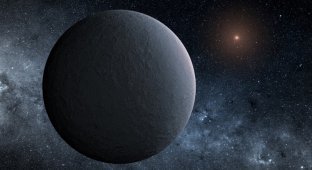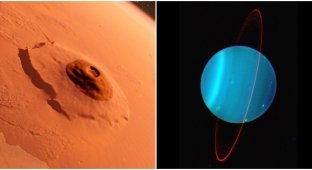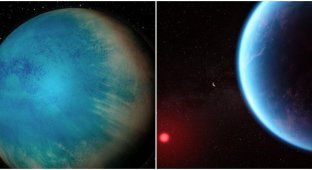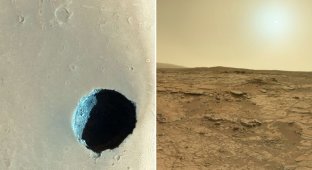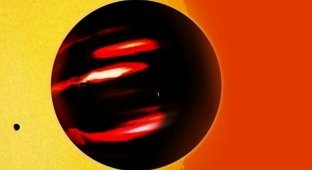Interesting facts about the planets of the solar system (7 photos)
Mercury has no atmosphere. During the day, the planet's temperature rises... 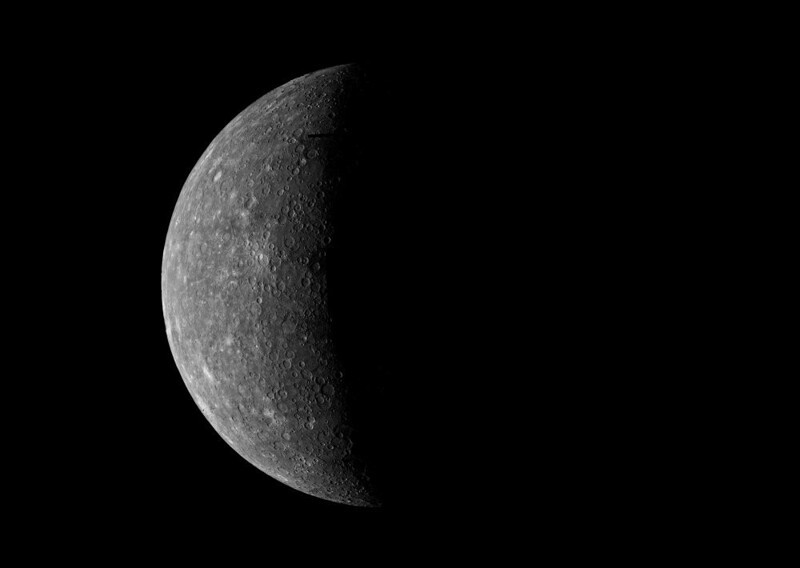
Mercury
1. Mercury has no atmosphere. During the day, the temperature of the planet rises to +500°C, and at night it drops to -180°C. On Mercury, a day is 60 times longer than on Earth. 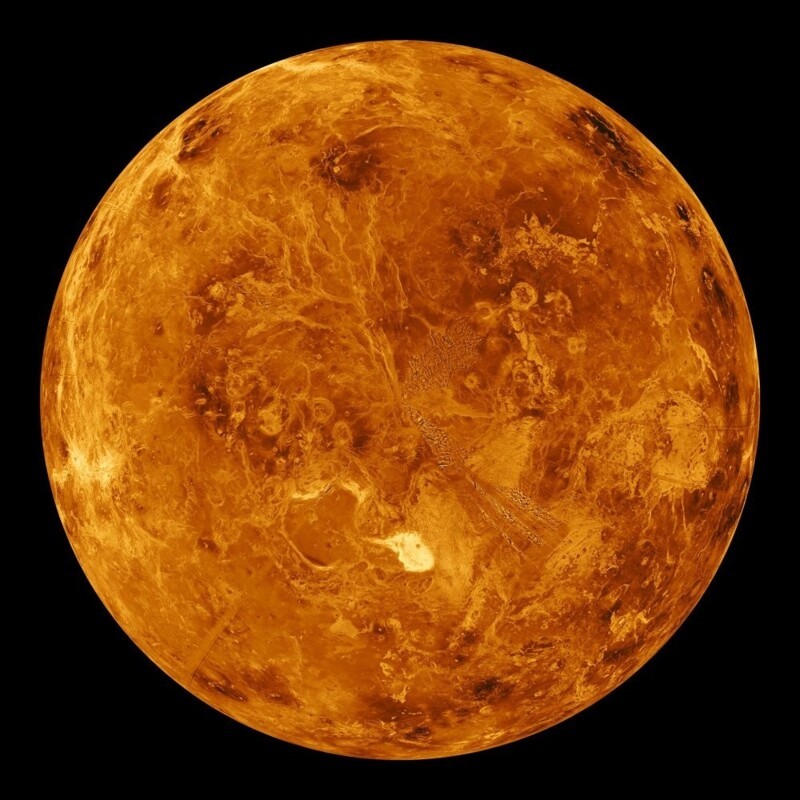
Venus
2. The surface of Venus is always shrouded in clouds, so it is quite difficult to judge the state of its surface. A day on this planet lasts 116.8 Earth days. Venus has a hot atmosphere, its temperature is +480°C. 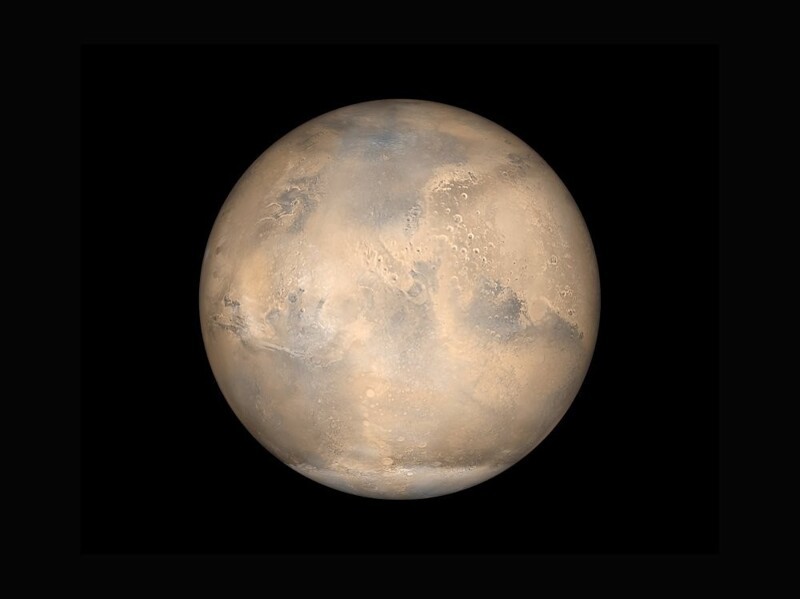
Mars
3. You can see blue clouds on Mars. What their nature is is unclear. There is an assumption that they consist of ice crystals. The planet is a lifeless desert covered with reddish sand. 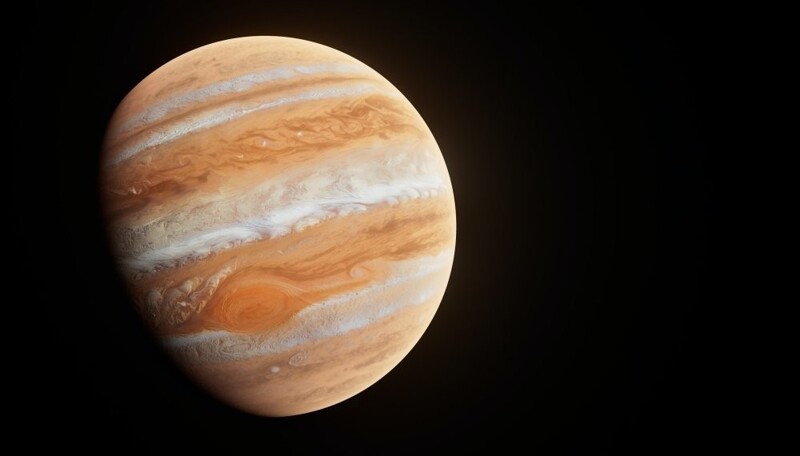
Jupiter
4. The largest planet in the solar system is the gas giant Jupiter, it is 1310 times larger than the Earth. The planet has a cold atmosphere, the temperature of which is -140°C. On Jupiter there is such a phenomenon as “hot shadows”, i.e. on Earth in the shadow the temperature decreases, but on this planet, on the contrary, it increases. 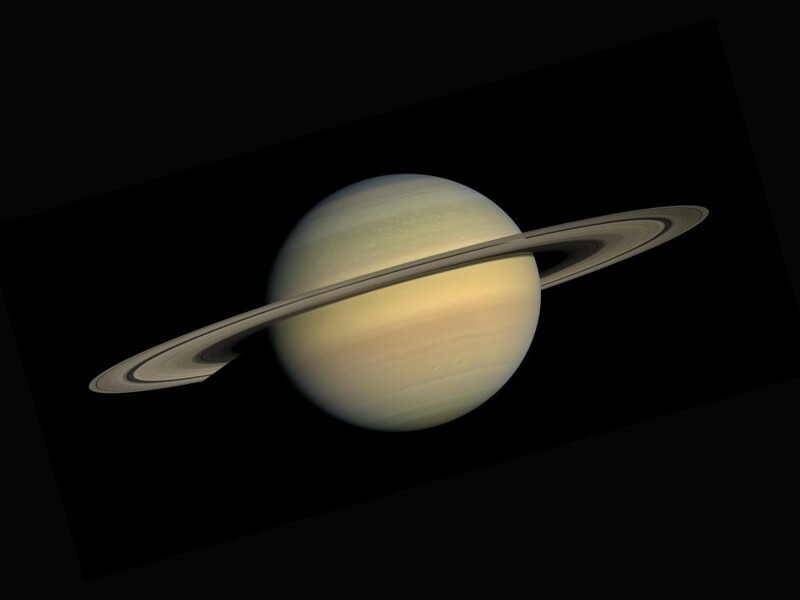
Saturn
5. Saturn, like Jupiter, has a gaseous structure and a cold atmosphere (up to -170°C). Has a magnetic field. 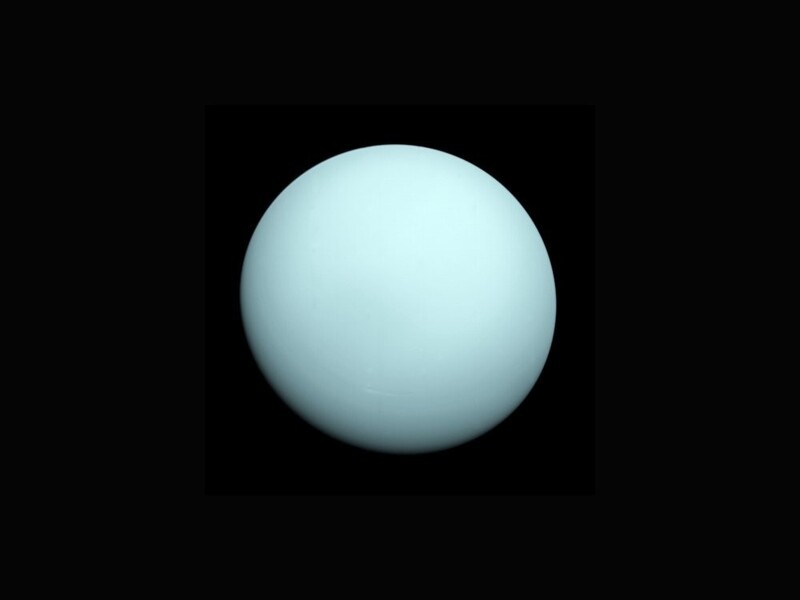
Uranus 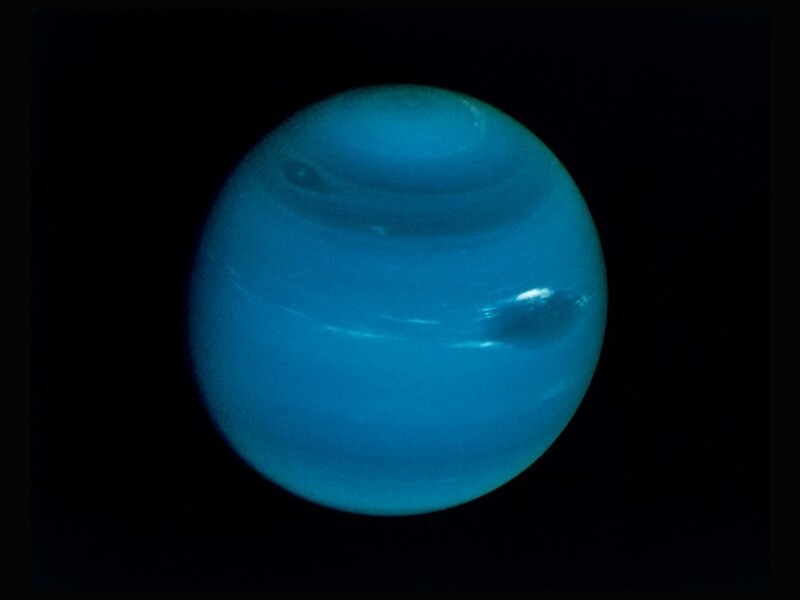
Neptune
6. Uranus and Neptune are distant and cold planets of the solar system. The surface temperature is below -200°C. Neptune has a hydrogen-helium atmosphere, and uranium has an ammonia-methane atmosphere. Neptune is believed to have a watery core.












